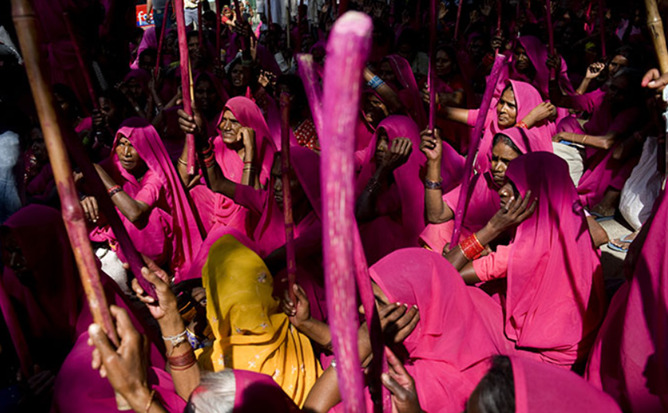Pink has become the talk of the town as Greta Gerwig’s much-anticipated movie, Barbie, approaches its release. The color has pervaded various aspects of our lives, from fashion and art to politics and social movements. As we delve into the history of pink, its journey from a status symbol in European society to a symbol of femininity and empowerment becomes apparent. With the imminent release of Barbie, it’s time for a comprehensive reflection on the significance of pink.
The Historical Significance of Pink
Originating in ancient China and India, pink found its way to Western shores in the 17th and 18th centuries. Due to the expensive dyes required to create pink garments, it became a status symbol in European society. Interestingly, men considered pink a color of strength, while little boys were dressed in pink, and little girls in blue. The industrial revolution led to advancements in dye making, allowing pink to permeate various aspects of life, including fashion, cosmetics, and even crockery. François Boucher’s paintings of Madame de Pompadour marked a significant turning point, solidifying pink’s association with femininity.

The Rise of Pink in the 1950s
After the challenges of two World Wars and the Great Depression, the 1950s witnessed a revival in fashion, with pink dominating the color palette. From US First Lady Mamie Eisenhower’s pale pink gown to Marilyn Monroe’s iconic raspberry pink dress, the color became synonymous with femininity. Pink’s popularity extended beyond fashion and infiltrated dollhouses, wardrobes, furnishings, and even cars. Elvis Presley’s custom-painted pink Cadillac became a cultural phenomenon, further solidifying the color’s association with sophistication and individuality.

The Political Undertones of Pink
As a gender-coded color, pink inevitably became a political statement. In the late 1960s, during the era of bra-burning feminism, pink’s association with traditional femininity waned. However, the punk movement of the 1970s subverted pink’s meaning, incorporating fluorescent and darker hues to shock and challenge societal norms. From Vivienne Westwood’s London store to Japanese Lolitas in Harajuku, pink became a symbol of rebellion and self-expression. In more recent times, pink has been at the forefront of political movements, such as the Women’s March and protests against right-wing vigilantism in India. Pink has been reclaimed by marginalized communities and is now associated with empowerment and resistance.

Pink’s Enduring Power and Barbie’s Impact
Pink has always been a transgressive color, challenging traditional notions and redefining its meaning throughout history. The Gulabi Gang in Uttar Pradesh, India, reclaimed pink from its anti-feminist past, just as the LGBTQ community reappropriated the pink triangle. Reese Witherspoon’s Elle Woods in Legally Blonde reminded us of pink’s underestimated strength. As Greta Gerwig’s Barbie prepares to hit the screens, the iconic doll embodies the power and evolution of pink. It serves as a symbol of female empowerment, inspiring generations of girls to dream big and challenge stereotypes.

From its humble beginnings as an expensive status symbol to its transformation into a color associated with femininity, rebellion, and political movements, pink has had an enduring impact on our society. As Barbie takes center stage, pink’s journey comes full circle, showcasing its resilience and its ability to transcend its complicated past. In the world of Barbie, pink is more than just a color; it represents empowerment, inclusivity, and the breaking of boundaries. It reminds us that pink should never be underestimated and can continue to shape our understanding of identity, gender, and self-expression.













